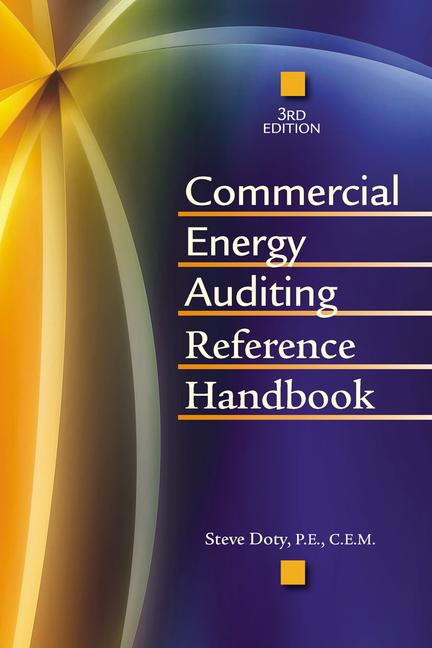The 2000 edition of Baseline Projection of U.S. Energy Supply and Demand to 2015 predicts that total primary U.S. energy consumption will grow by 1.3% annually, from 94 quadrillion Btus in 1998 to 118 quads in 2015.
The outlook for natural gas is even stronger with demand growing by 2.6% annually to 33.5 quads in 2015, compared to 21.8 quads in 1998. As a result, the natural gas share of total U.S. energy consumption will increase from 23% in 1998 to more than 28% by 2015.
Increased demand for natural gas for electricity generation will account for 44%, or 5.2 quads, of the projected demand increase for natural gas. Growth in industrial sector gas demand will account for 27%, or 3.2 quads, of the projected demand increase, with residential, commercial, and transportation markets accounting for the balance of the gas-demand growth.
Three key observations stand out in the report, namely that the gas supply will increasingly rely on higher production from deeper waters of the Gulf of Mexico and increased Canadian imports; the rapid transformation from a regulated industry to decentralized, unregulated power generators will pose a growing risk to the industry; and new development practices implemented by natural gas producers will reduce risk and quickly monetize in-ground natural gas resources.
"While GRI's 2000 Baseline Projection outlines a positive outlook for the natural gas industry, it sounds a call for change in the gas industry," said Paul Holtberg, group manager, GRI Baseline Center. "As the projection indicates, the gas industry will need to undertake key investments and make significant changes in operational practices to meet the anticipated growth resulting from a fundamental shift in consumption patterns. The process will not be easy and will include an element of risk." ES



